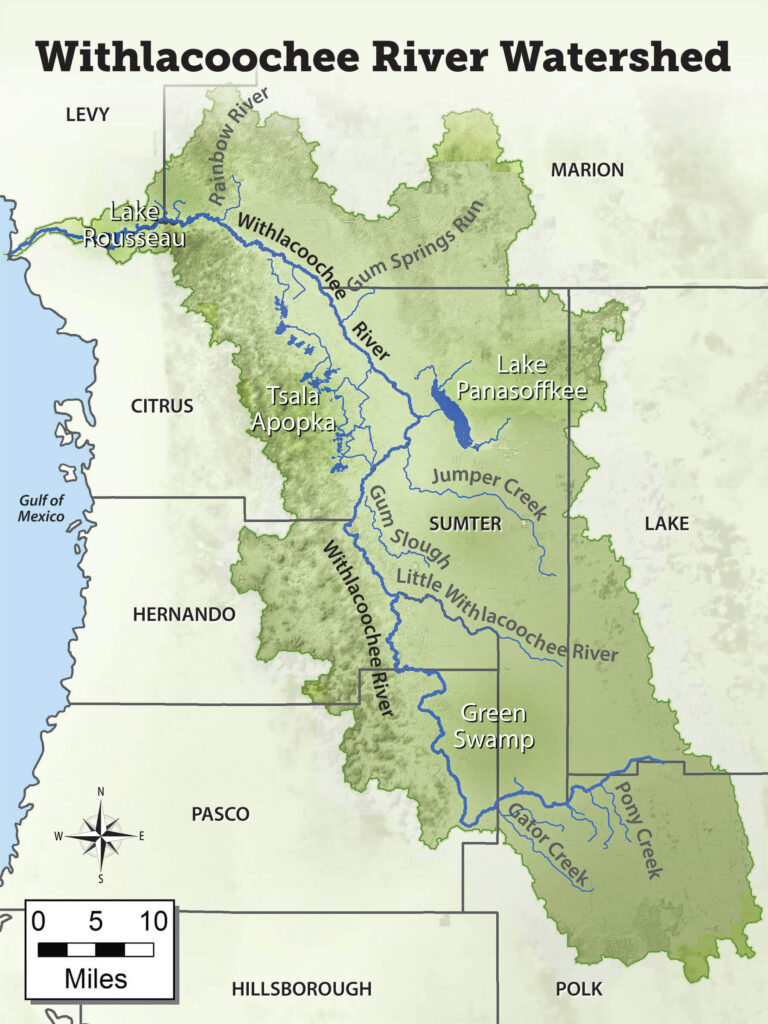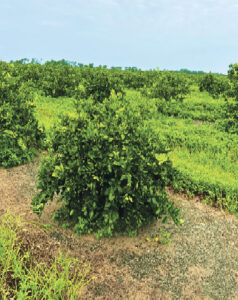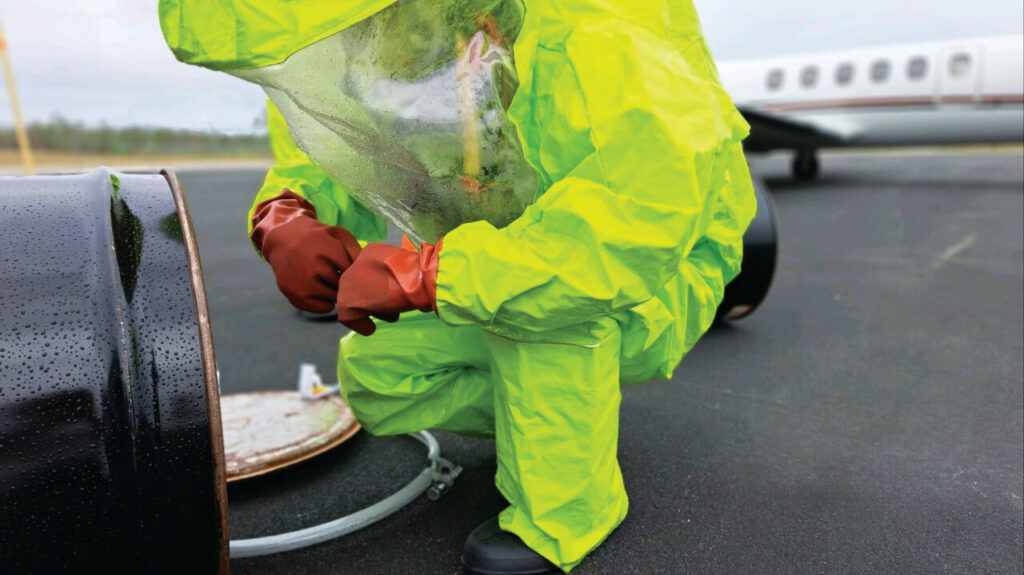By MARK FULKERSON,
Ph.D., P.E.,
Chief Professional Engineer
Southwest Florida Water Management District
The Withlacoochee River begins in the Green Swamp, a vast landscape of wetlands and uplands between Lakeland and Orlando.
From there, the river flows northward through eight Florida Counties before discharging into the Gulf of Mexico near Yankeetown.
Along the river’s 160-mile journey, it interacts with numerous streams, lakes, and springs, adding flow from a 2000-square-mile contributing area called a watershed.
Water levels and flow along the Withlacoochee River depend on rainfall throughout the region. Our wet season in Florida runs from June through September, when we average 6 inches to 9 inches of rain per month.
October through May is the dry season.
During this time, we average about 2 inches to 3 inches of rain per month. So far, 2023 has been relatively dry.
Kicking off 2023 (Jan-Feb), the Withlacoochee region received just 2.4 inches of rain, much lower than the combined historical average (5.7 inches) for those two months. Region-wide aquifer (groundwater) levels have been slowly declining and are currently in the 48th percentile, slightly below average, and lower than they were a year ago (66th percentile).
Flow in area springs also is decreasing as aquifer levels naturally decline this time of year from less rainfall.
When early explorers first discovered the Withlacoochee River, their travel was challenged by the river’s vast floodplain swamps.

Thanks to the foresight of early water managers, much of this natural swampland along the river has been preserved as conservation land.
Today, these swamps and wetlands are critical for the river’s function, helping to store flood waters and filter incoming flows which improve water quality.
Right now, many of these swamps are dry and much of the river’s flow is originating from the underlying aquifer.
Despite these recent declines, river levels and flows are currently at or above last year’s levels since the wet season extended later into 2022.
As the river meanders between Citrus and Sumter Counties, it passes the Tsala Apopka Chain of Lakes to the west and Lake Panasoffkee to the east. The Tsala Apopka Chain is a series of 16 named lakes separated into three distinct pools of water that cover the eastern portion of Citrus County.
The lakes interact with the Withlacoochee River through constructed canals and flow is managed by water control structures.
With minimal rainfall in recent months, water levels throughout the Tsala Apopka Chain of Lakes continue to decline. Since mid-November, lake/canal levels have fallen nearly a foot.
This time of year, water naturally leaves the lake chain through evaporation and downward leakage to the underlying aquifer.
During the next few months, as temperatures continue to rise and plants start growing again, we can expect lake levels to drop quicker (if it doesn’t rain).
All three pools within the lake chain are slightly lower than they were a year ago.
The Withlacoochee River remains lower than the lakes, and river inflows won’t likely occur again until sometime this summer. The water control structures, aka “locks”, which were closed in early November, remain closed helping to conserve water in the lake chain. Water quality throughout the lakes remains good, supported by abundant aquatic plant life.
Across the river from Tsala Apopka, and opposite in terms of its aquifer connection, is Lake Panasoffkee.
Lake Panasoffkee is a spring-fed lake that receives continuous inflow from Little Jones Creek, Shady Brook, and numerous aquifer connections beneath the lake. Water also flows out of the lake year-round, joining the Withlacoochee River upstream of the Wysong water conservation structure. Incoming spring flows to Lake Panasoffkee have been dropping in recent weeks, due to less rain.

Measured inflows from Little Jones Creek and Shady Brook fell by 17% in February. Outflow from Lake Panasoffkee to the Withlacoochee declined by 27% during the past month.
A few miles downstream from Lake Panasoffkee, along the Withlacoochee River, sits the Wysong Water Conservation Structure.
Currently, the 230-foot-wide main gate at Wysong is fully raised, while the 19-foot-wide independent gate is partially raised. River flows at Wysong decreased by 43% in February.

Downstream from Dunnellon, the Withlacoochee River is influenced by water control structures on Lake Rousseau.
Inflow to Lake Rousseau includes combined flows from the Withlacoochee and Rainbow Rivers. Withlacoochee River flow (which depends on rainfall and runoff from adjacent lands) declined by 32% during the past month.
Flow in the Rainbow River (which reflects changes in aquifer levels) is 1.6% lower than it was a month ago.
Overall inflows to Lake Rousseau are about 3% lower than they were this time last year.
The Rainbow River currently is contributing 55% of the total flow entering Lake Rousseau. The Florida Fish and Wildlife Conservation Commission (FWC), along with the University of Florida, are planning to treat hydrilla (invasive plant species) on Lake Rousseau this spring.
In the late 1960s, the way water flowed out of Lake Rousseau was fundamentally changed. A bypass channel was constructed because the Cross Florida Barge Canal severed the final 9 miles of the Withlacoochee.
Today, the primary outlet from Lake Rousseau is through the Inglis Bypass Spillway to the Lower Withlacoochee River (see maps below). The Inglis Main Dam, which discharges excess flows to the Barge Canal, was closed in early January and remains closed.
All flow is still passing downstream through the Bypass Spillway, which is currently flowing at about 60% of its capacity.

During the next few months, upstream flows are expected to continue to decline, causing less freshwater to pass downstream to the tidally influenced Lower Withlacoochee River.●
To reach Mark Fulkerson, email him at Mark.Fulkerson@WaterMatters.org.
















































